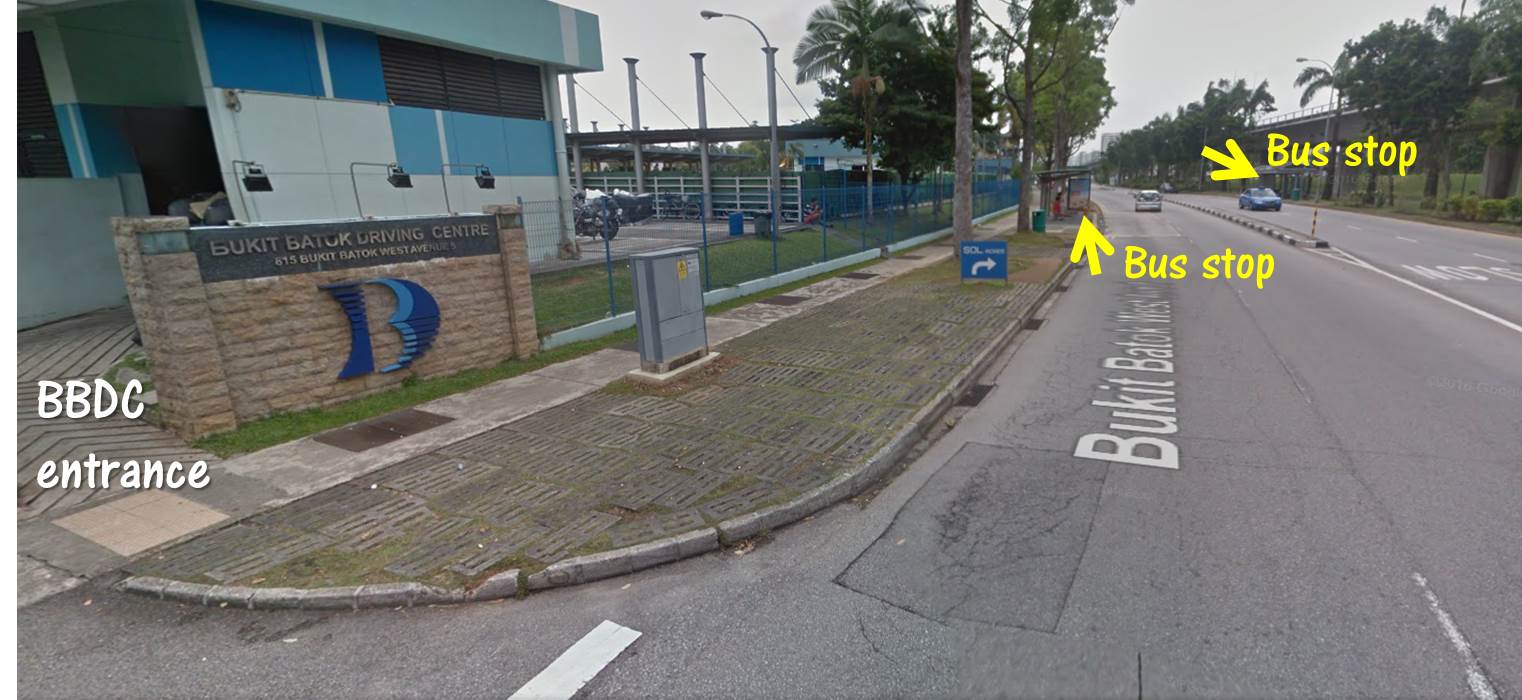While waiting for my test (around 2 weeks for me), I attended revision lessons spaced out evenly so that I won’t lose the “feel” and momentum.
For the test, you are required to undergo both the “Circuit” and “Road” segments. To pass, you must not obtain more than 20 demerit points.
“Circuit”
A tip from an instructor was to “familiarize yourself with the Circuit courses” – because these courses are fixed and won’t change. If you keep practicing, you’ll get better and eventually be able to master all these courses without sweat. Then, there is lesser tendency of obtaining any demerit points.
“Road”
Unlike the Circuit courses, Road-driving is not fixed – the weather and road conditions may change. These might affect your performance. However, fret not. With proper preparation, you will still be able to go through this segment smoothly.
Speaking of weather, do you know what you should do if it rains? The first thing that pops up in your mind should be activating the Wiper. There are different wiper speeds, so do choose the one that is the most suitable – i.e. Heavy rain, higher wiper speed. Do turn on the headlights if there is heavy rain.
Besides weather, do ensure that you understand the road signs and such, and what you are not supposed to do - e.g. stopping in a Yellow box. You can read your Highway Code as a refresher.
Although you have no control over the weather and road conditions, remember - You still have control over your car. You are still in control : )
- Final note -
Lastly, remember to be confident. Keep in mind that your objective is to complete the Circuit and Road driving safely, with a passenger (tester) beside you. Don’t attempt to secretly count and guess the number of demerit points you’ve got. This is unnecessary and would only make you more nervous.
I managed to pass my test with 4 demerit points. If I can do it, so can you!
With that, I end my post on the topic of Driving.
I wish you all the best for your Driving journey and test! : D
Feel free to ask me any questions if you need!







